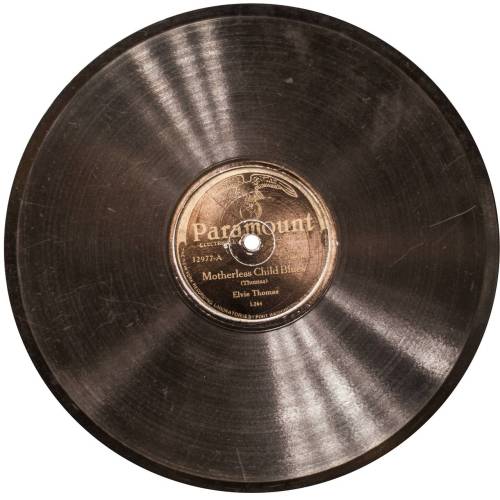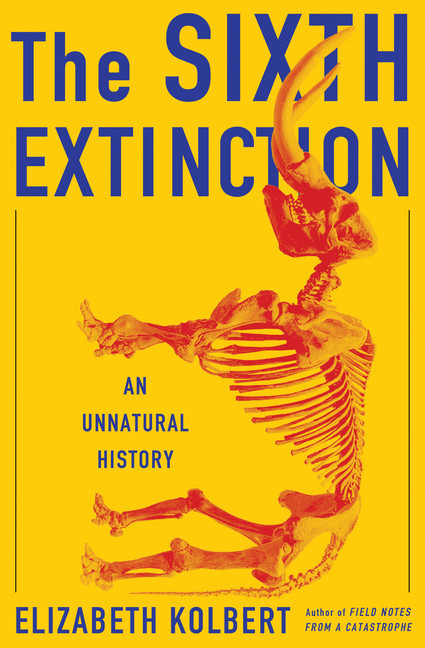
Fantastic article in today’s Sunday New York Times on the search for 1930s blues singers ‘Geeshie Wiley’ and ‘Elvie’ Thomas.
Below the excerpt are the songs the two women recorded in 1930 for Paramount Records.
John Jeremiah Sullivan writes:
IN THE WORLD of early-20th-century African-American music and people obsessed by it, who can appear from one angle like a clique of pale and misanthropic scholar-gatherers and from another like a sizable chunk of the human population, there exist no ghosts more vexing than a couple of women identified on three ultrarare records made in 1930 and ’31 as Elvie Thomas and Geeshie Wiley. There are musicians as obscure as Wiley and Thomas, and musicians as great, but in none does the Venn diagram of greatness and lostness reveal such vast and bewildering co-extent. In the spring of 1930, in a damp and dimly lit studio, in a small Wisconsin village on the western shore of Lake Michigan, the duo recorded a batch of songs that for more than half a century have been numbered among the masterpieces of prewar American music, in particular two, Elvie’s “Motherless Child Blues” and Geeshie’s “Last Kind Words Blues,” twin Alps of their tiny oeuvre, inspiring essays and novels and films and cover versions, a classical arrangement.
Yet despite more than 50 years of researchers’ efforts to learn who the two women were or where they came from, we have remained ignorant of even their legal names.

Geeshie Wiley and Elvie Thomas, “Last Kind Word Blues”:
Geeshie Wiley and Elvie Thomas, “Motherless Child Blues”: (1930)
Geeshie Wiley and Elvie Thomas, “Skinny Leg Blues”:
Geeshie Wiley and Elvie Thomas,” Pick Poor Robin Clean”:
Geeshie Wiley and Elvie Thomas, “Come On Over To My House”:
Geeshie Wiley and Elvie Thomas, “Eagles On A Half”:
-– A Days of the Crazy-Wild blog post: sounds, visuals and/or news –






